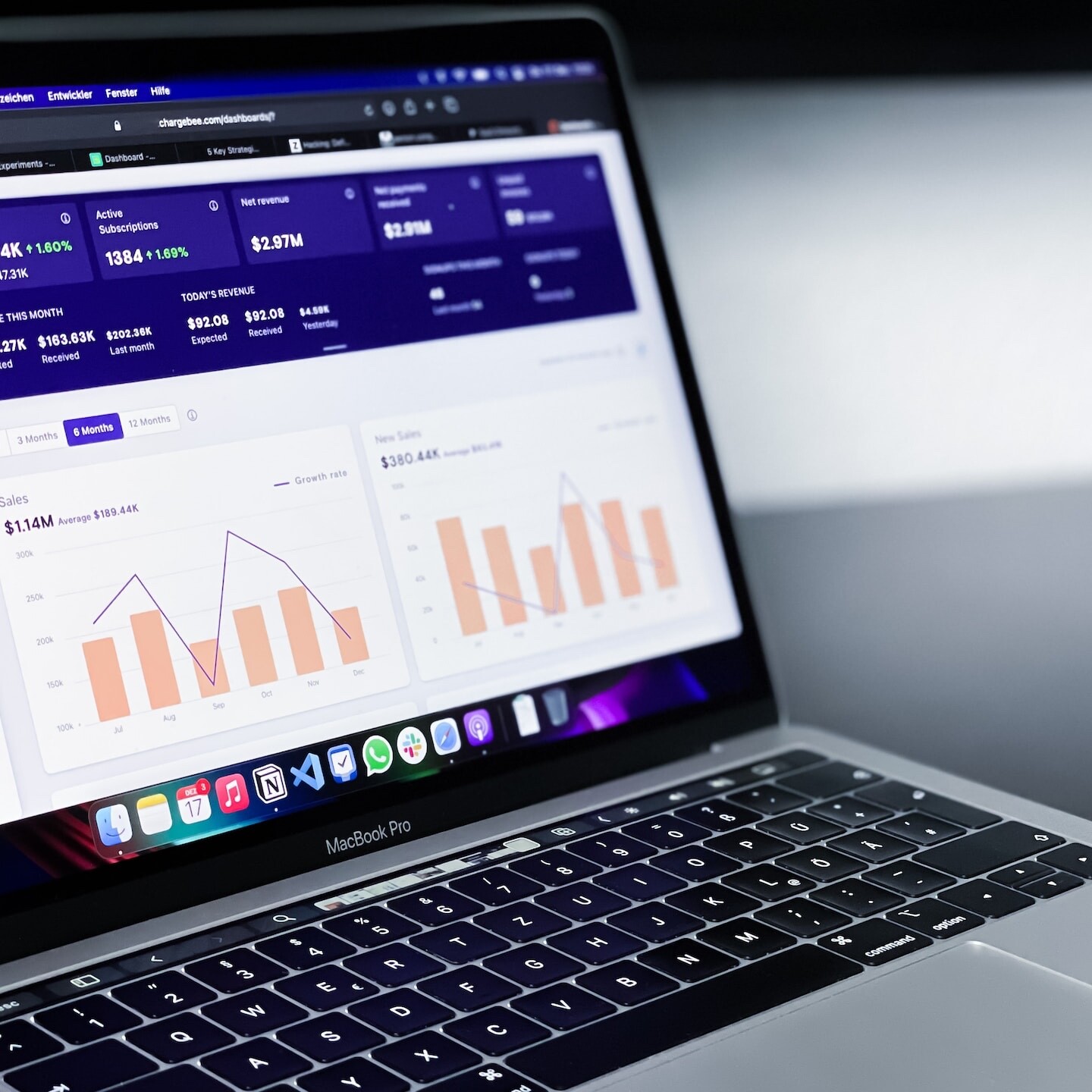The Creative Process: Embracing Ambiguity
When working with a creative agency, the premise is that the creative team should know exactly how to proceed with any project – large or small. The pathway should be clear – a creative brief is employed and it’s off to the races. But if you look at it closer, all projects are vastly different, requiring every company, organization and brand to engage in a unique approach to meet even their most basic of needs. Unfortunately – many designers, agencies and strategists implement a formulaic approach that lacks longevity and impact.

More often than not, the ideal end result derives from a creative process where iteration is the only way to reach an innovative product – not everything can be meticulously planned and crafted down to a formula. With focus turning away from traditional project management, it’s beginning to look like creative ambiguity is not such a bad thing – in fact, it could be the optimal process to implement.
Creative Process with your Agency
Ambiguity means not knowing how everything should come together. It doesn’t mean that the agency will be stuck without any way to proceed. If you know the creative agency has a track record of having produced great results for their clients, then you’re probably in good hands. It just comes down to you embracing ambiguity if the agency can embrace it.

With embracing ambiguity comes the ability to embrace all kinds of possibilities. Because both client and agency are not tied down to a narrow idea, there is much more freedom to formulate a wide variety of solutions that can help you reach your goals. Creativity, innovation and intuition can all be exercised at their maximum capacity to come up with something that hasn’t been done before. This can result in breakthroughs because the project can be approached from a bird’s eye view. The bigger picture can be seen and everything step moving forward will be focused on reaching the primary goal. Embracing ambiguity can also result in multiple solutions that meet your goals. While only one solution will be used, the best aspects of each solution can be integrated into the final chosen solution.
If you’re still not convinced about ambiguity, just conduct some research. If you look at some of the most successful advertising campaigns, you’ll learn that many of them were created from a situation where the typical thought process just wouldn’t work. These campaigns were created by letting go of all the existing aspects of the brand, company, or product, and starting from ground zero. A good real-life scenario of this in action is a website UX design project. The typical creative process would be to follow the rules of UX and design a safe site that adheres all the rules. This may result in a website that delivers a great user experience but nothing groundbreaking. On the other hand, there are numerous companies and brands that simply asked “how can we design a website that’s unique to our brand?” As a result of asking this question, these companies and brands have created some of the most unique, engaging, and user-centric sites on the Internet.
Don’t be afraid of going into a sit-down with an agency if you don’t have a clear picture of what you want or a clear picture of how to get what you want. If the agency has a great track record and can embrace the ambiguity to start at ground zero, the final product may be something that is far beyond what you had originally expected.
Next Item
Collaborating with Change Makers



